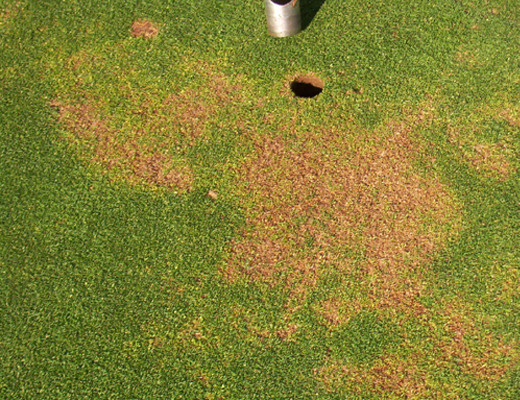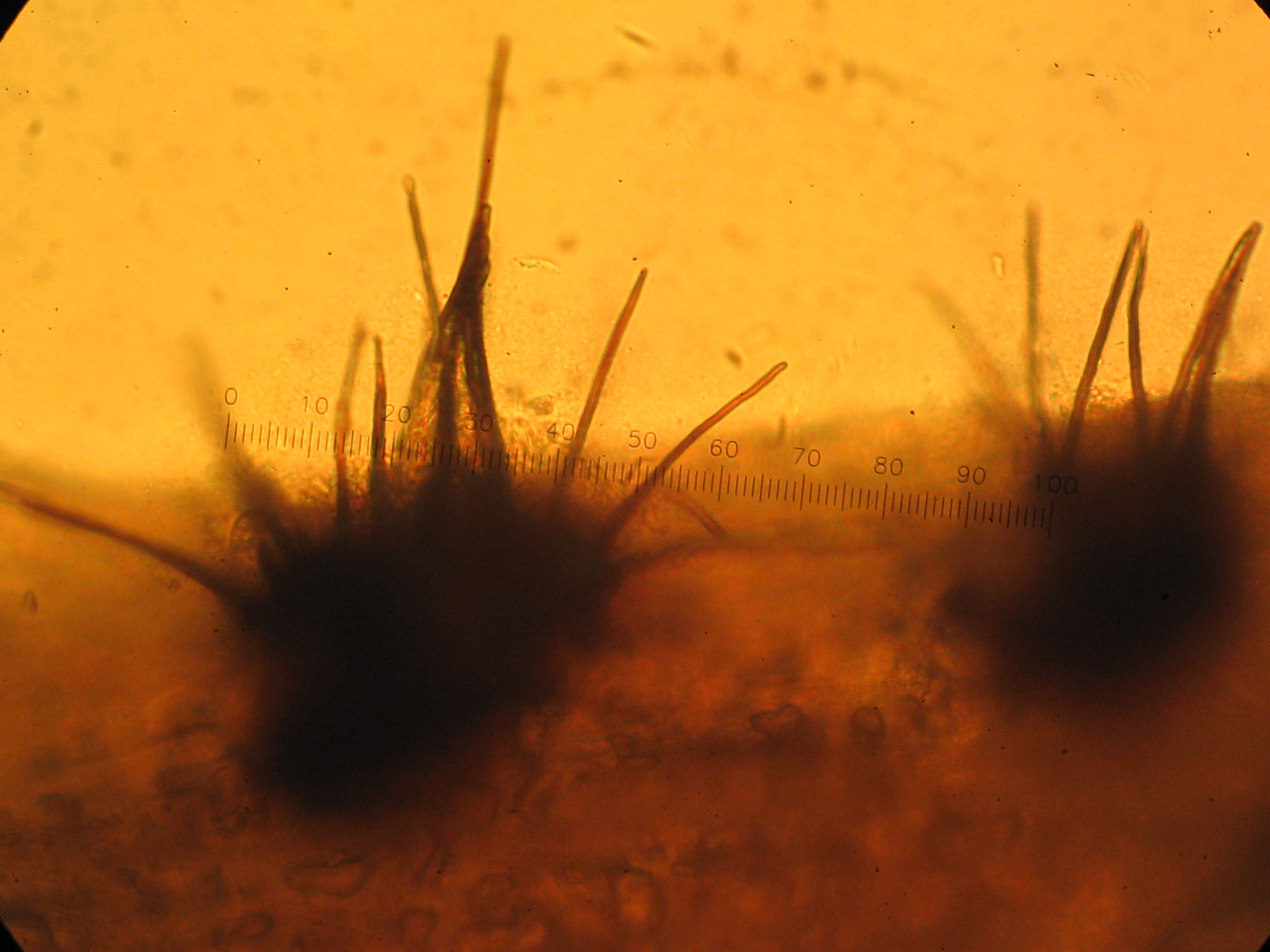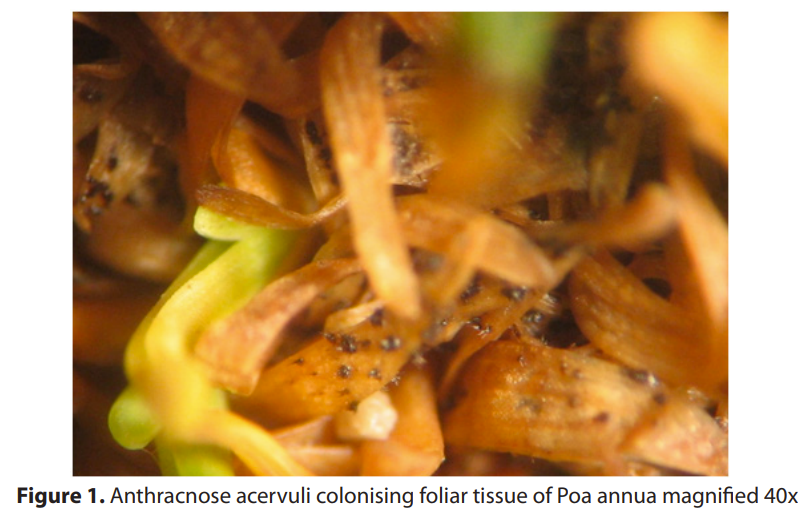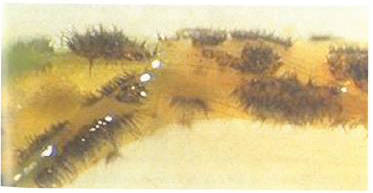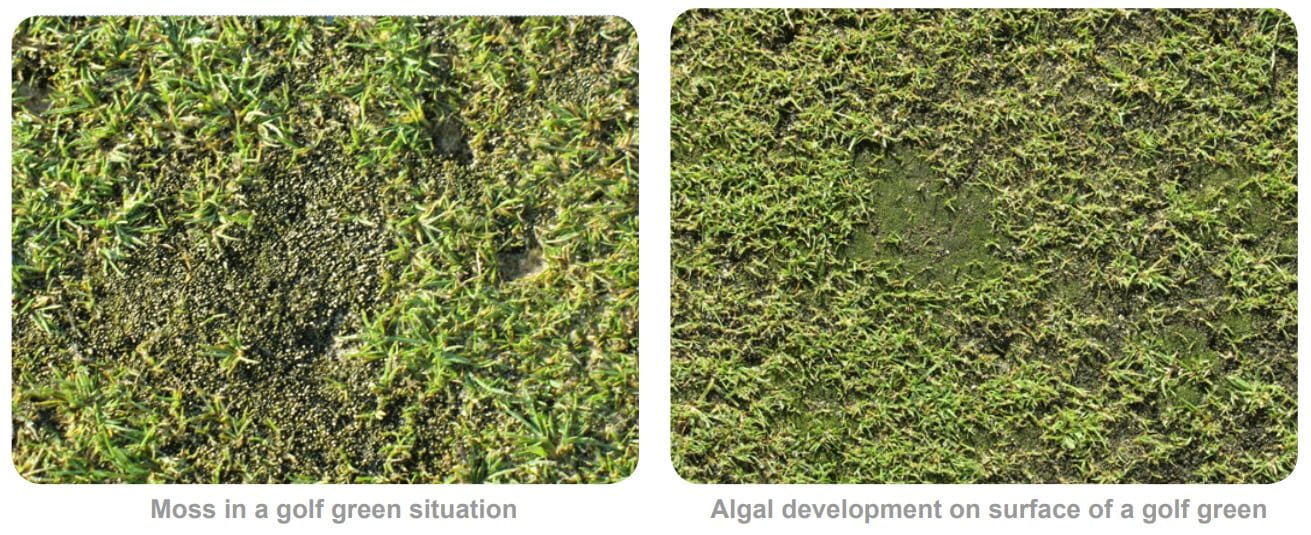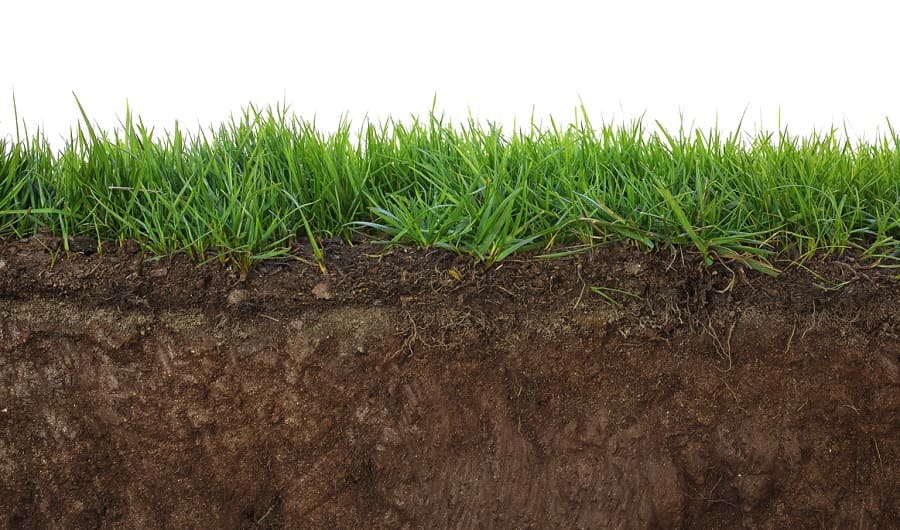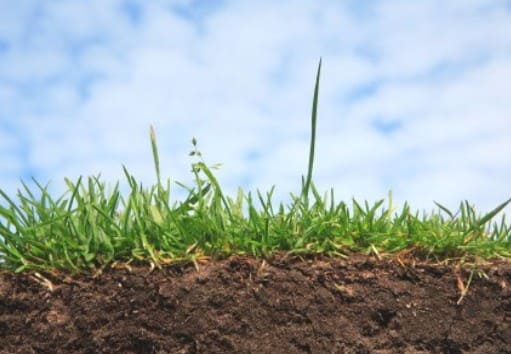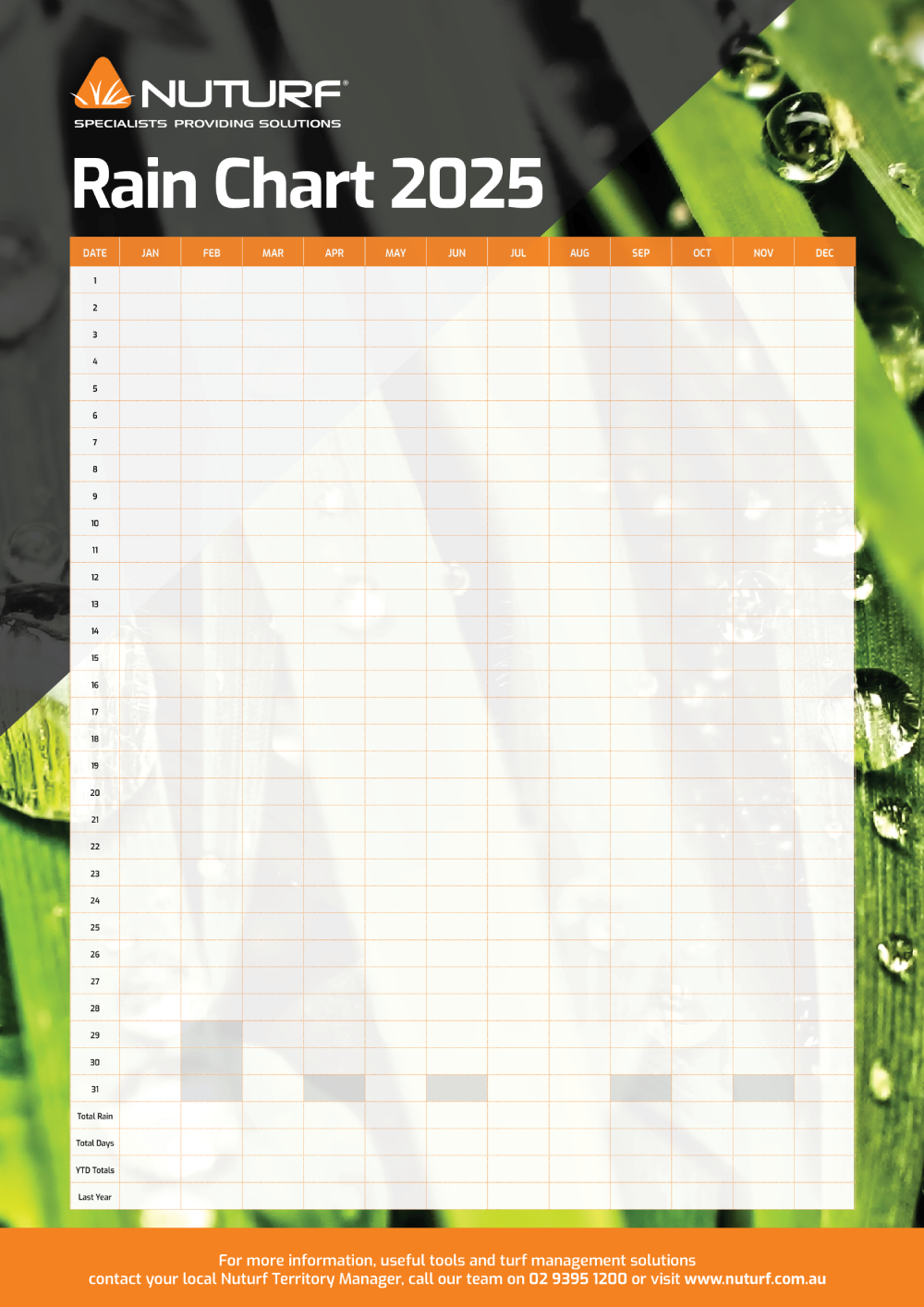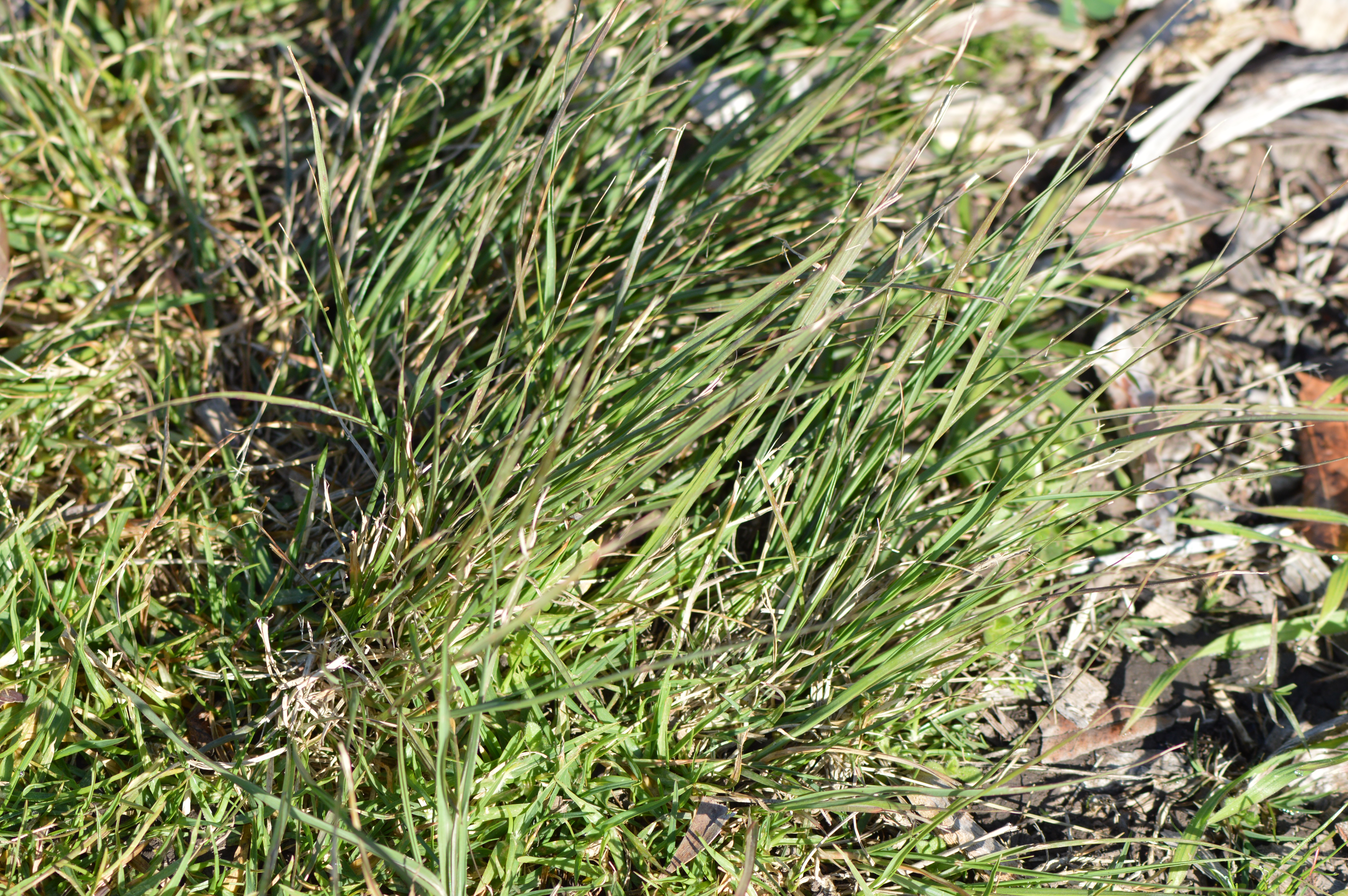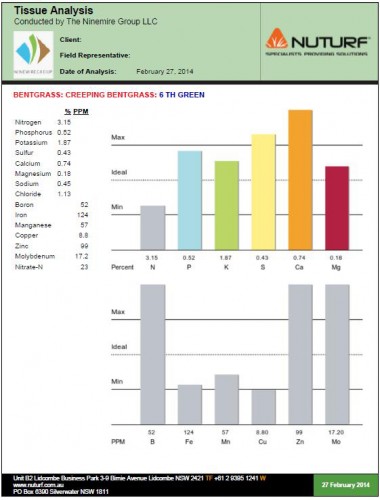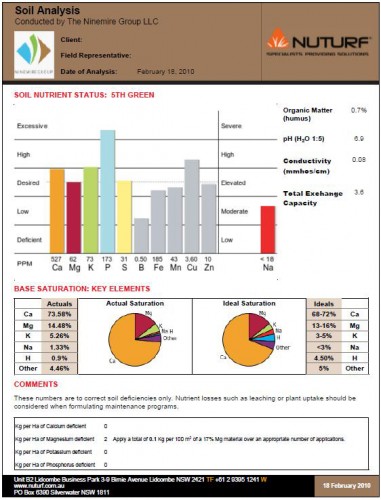Anthracnose
- Problem Solver
- Disease
- Anthracnose
AnthracnoseCausal AgentColletotrichum spp. What is Anthracnose?Anthracnose is a group of diseases that cause dark, sunken lesions on leaves, stems, flowers, and fruits. Anthracnose infects many deciduous and evergreen trees and shrubs and in some regions also infects fruits, vegetables, and turf grass What are the Symptoms of Anthracnose?Turf that succumbs to Anthracnose will see the pathogen infect the stem, crown, upper root tissue and lower foliar tissue, causing dark brown to black discolouration.
|
|
|
|
What causes Anthracnose?The fungal pathogen most commonly responsible for causing anthracnose diseases in turf is Colletotrichum graminicola. The pathogen can be identified by the presence of distinctive acervuli (fruiting bodies) which appear on infected plant tissue as black hairlike protrusions. These fungi are known to colonise plant tissue on most turf species, infecting crown and root tissue (known as basal rot), or foliage (foliar blight). When does Anthracnose occur?In general, the conditions favouring Anthracnose are:
What turfgrasses are especially susceptible to Anthracnose diseases?Wintergrass (Poa annua), Bentgrass, Kentucky Bluegrass, Fescue & Couch. Though bentgrass suffers from anthracnose foliar blight, it is not known to become infected with the basal rot which commonly affects P. annua. What can I do to manage Anthracnose diseases?Anthracnose will often infect plants in a weakened or stressed state. Management practices that help reduce plant stress can be beneficial:
For chemical solutions or treatments for Anthracnose, please see the recommended products below. |
Product Solutions for Anthracnose
-
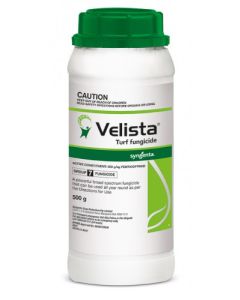 Velista Turf FungicideActive: 500 g/kg Penthiopyrad
Velista Turf FungicideActive: 500 g/kg PenthiopyradVelista is a powerful broad spectrum fungicide that can be used all year round and can be trusted to keep your turf in excellent condition especially when high temperatures and high humidity hit your facility.
$473.00 incl. GST -
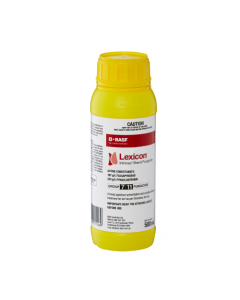 Lexicon Intrinsic FungicideActive: 167g/L fluxapyroxad
Lexicon Intrinsic FungicideActive: 167g/L fluxapyroxadLexicon delivers peak performance under pressure, optimising disease control and providing plants with longer, stronger roots and increased growth.
$506.00 incl. GST -
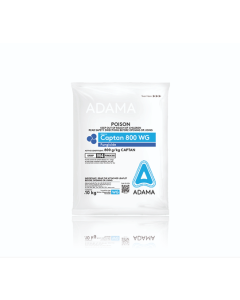 Captan 800 WG FungicideActive: 800g/kg Captan
Captan 800 WG FungicideActive: 800g/kg CaptanCaptan 800 WG controls a broad spectrum of diseases in turf, ornamentals as well as a range of crops including apples, almonds, grapes, pears, pistachios, stonefruit and strawberries.
$291.50 incl. GST -
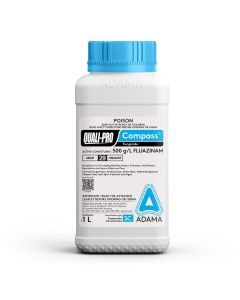 Quali-Pro Compass FungicideActive: 500g/L fluazinam
Quali-Pro Compass FungicideActive: 500g/L fluazinamCompass Fungicide is a premium, unique, multi-site contact, protectant fungicide, the only registered fungicide for turf in FRAC group 29.
$495.00 incl. GST -
 Patriot FungicideActive: 200g/L Tebuconazole
Patriot FungicideActive: 200g/L TebuconazolePatriot Fungicide is a broad spectrum fungicide containing 100 g/L of the active ingredient Trifloxystrobin and 200 g/L Tebuconazole.
$443.30 incl. GST -
 Quali-Pro Enclave FungicideActive: 365g/L chlorothalonil
Quali-Pro Enclave FungicideActive: 365g/L chlorothalonilQuali-Pro Enclave is registered for the broad spectrum, eradicant, curative and preventative control of Brown Patch, Fusarium Patch, Anthracnose, Dollar Spot, Helminthosporium, Grey Leaf Spot and Spring Dead Spot in all recreational turf management situations.
$632.50 incl. GST -
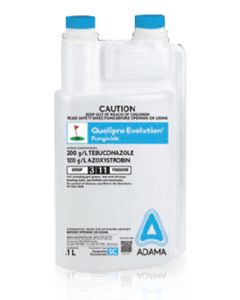 Quali-Pro Evolution FungicideActive: 200g/L Tebuconazole
Quali-Pro Evolution FungicideActive: 200g/L TebuconazoleEvolution Fungicide is a premium, fungicide mixture containing 120 g/L of the active ingredient Azoxystrobin and 200 g/L Tebuconazole.
$302.50 incl. GSTOut of stock -
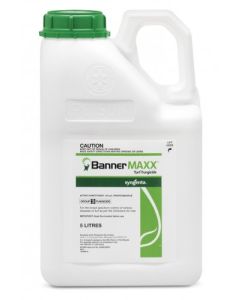 Banner Maxx FungicideActive: 15.5% Propiconazole
Banner Maxx FungicideActive: 15.5% PropiconazoleBanner Maxx is early curative treatment, providing systemic broad-spectrum control of Dollar Spot, Winter Fusarium, and the ERI complex (Couchgrass Decline and Take-all Patch).
$375.10 incl. GST -
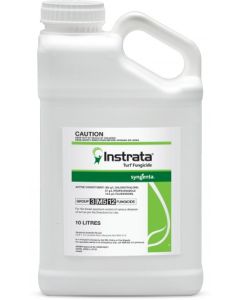 Instrata Turf FungicideActive: 36.2% Chlorothalonil
Instrata Turf FungicideActive: 36.2% ChlorothalonilInstrata is an excellent choice for use in a preventative program or curatively after first symptoms are evident.
$518.10 incl. GST -
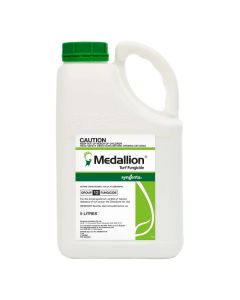 Medallion Turf FungicideActive: 125g/l Fludioxonil
Medallion Turf FungicideActive: 125g/l FludioxonilMedallion Turf Fungicide offers contact plus – exceptional spore busting capabilities on the leaf, in the thatch, and on the soil surface.
$1,156.10 incl. GST -
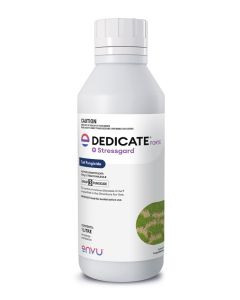 Dedicate Forte Stressgard FungicideActive: 240g/l Tebuconazole
Dedicate Forte Stressgard FungicideActive: 240g/l TebuconazoleDedicate FORTE Stressgard® is a broad-spectrum DMI fungicide containing tebuconazole (240 g/L) with Stressgard Formulation Technology, and controls tough soil-borne and foliar fungal diseases in both cool and warm season turfgrass.
$222.75 incl. GST -
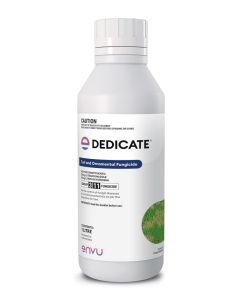 Dedicate Turf and Ornamental FungicideActive: 100g/L Trifloxystrobin
Dedicate Turf and Ornamental FungicideActive: 100g/L TrifloxystrobinDedicate turf fungicide contains two active ingredients with two different modes of action, providing curative and preventative control. It has a contact and systemic action in turf which provides broad spectrum control.
$361.90 incl. GST -
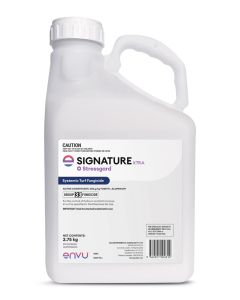 Signature Xtra Stressgard FungicideActive: 600g/kg Fosetyl-Aluminium
Signature Xtra Stressgard FungicideActive: 600g/kg Fosetyl-AluminiumSignature Xtra Stressgard is a true systemic fungicide that controls tough turf diseases – pythium and anthracnose, as well as enhancing turf health and minimising turf stress.
$339.68 incl. GST -
 Azoxy 250 T&O FungicideActive: 250g/L Azoxystrobin
Azoxy 250 T&O FungicideActive: 250g/L AzoxystrobinAzoxy 250 T&O Fungicide (active constituent Azoxystrobin) is an effective xylem systemic fungicide that delivers excellent protection for up to 28 days against a wide spectrum of Turf, Nursery Stock and Ornamental diseases.
$330.00 incl. GST -
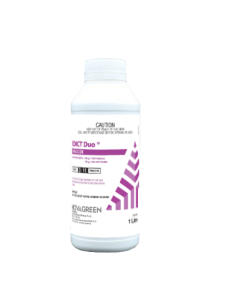 Edict Duo Fungicide 1LActive: 200g/L Tebuconazole
Edict Duo Fungicide 1LActive: 200g/L TebuconazoleEdict Duo is a broad spectrum fungicide containing the active ingredients Trifloxystrobin (100g/L) and Tebuconazole (200g/L). It is registered for the control of Anthracnose, Brown Patch, Winter Fusarium, Helminthosporium diseases (including White Helmo), Leptosphaerulina, Curvularia, Dollar Spot and ERI (Ectotrophic Root Infecting Fungi) diseases.
$440.00 incl. GST -
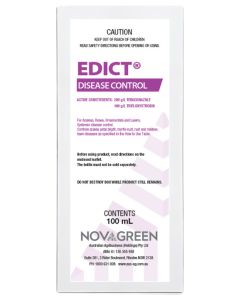 Edict Fungicide 100mLActive: 200g/L Tebuconazole
Edict Fungicide 100mLActive: 200g/L TebuconazoleEdict Disease Control is fungicide for use on Lawns, Azaleas, Roses, other general ornamental gardenplants. Edict Disease Control provides systemic andcontact disease control, both on a preventative andcurative basis. Edict controls Anthracnose, Brown Patch, Winter Fusarium, Leptosphaerulina (Leaf Blight), Curvularia (Fading Out) and Dollar Spot in lawn situations. Edict also controls azalea petal blight, myrtle rust, Botrytis Blight, Leaf Spots as well as mildew.
$61.60 incl. GST -
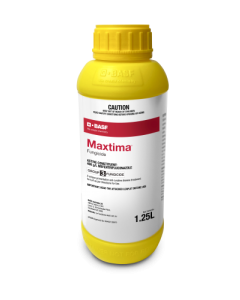 Maxtima FungicideActive: 400g/l Mefentrifluconazole
Maxtima FungicideActive: 400g/l MefentrifluconazoleMaxtima® is a revolutionary, broad spectrum DMI fungicide that can be applied on any turf, at any temperature and anywhere on your course.
$550.00 incl. GST$2,198.90 incl. GST -
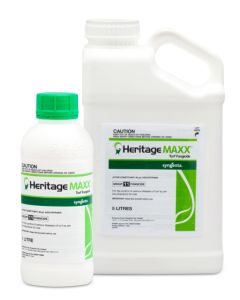 Heritage Maxx FungicideActive: 95g/l Azoxystrobin
Heritage Maxx FungicideActive: 95g/l AzoxystrobinHeritage Maxx combines systemic activity through xylem mobility, and translaminar movement to encourage multi-site uptake...
$187.00 incl. GST$765.60 incl. GST -
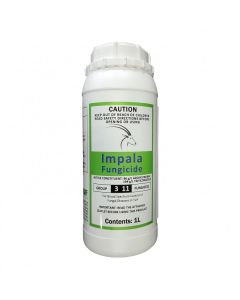 Impala FungicideActive: 96g/l Azoxystrobin
Impala FungicideActive: 96g/l AzoxystrobinImpala is formulated for broad spectrum control of fungal diseases in turf.
$231.00 incl. GST$825.00 incl. GST -
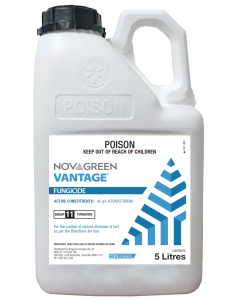 Vantage FungicideActive: 95g/L Azoxystrobin
Vantage FungicideActive: 95g/L AzoxystrobinVantage fungicide is a broad spectrum, systemic fungicide containing 95 g/L of the active constituent Azoxystrobin, a trusted chemistry for Australian turf professionals.
$137.50 incl. GST$496.10 incl. GST
JOIN OUR NEWSLETTER NOW!
Be the first to hear about the latest specials, products, tips and ideas.


